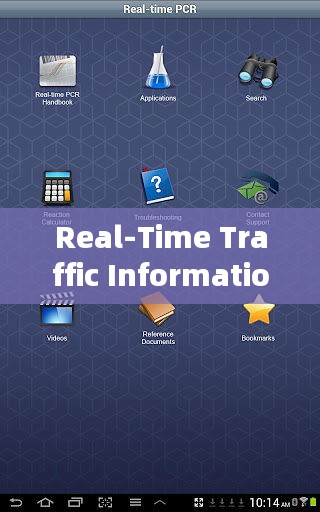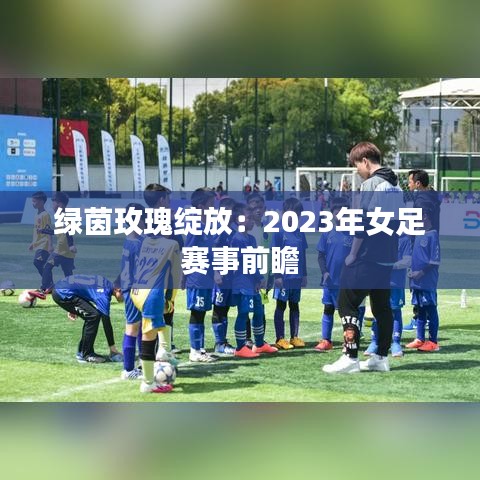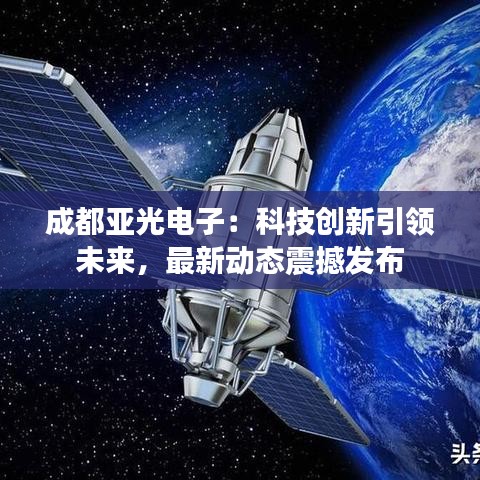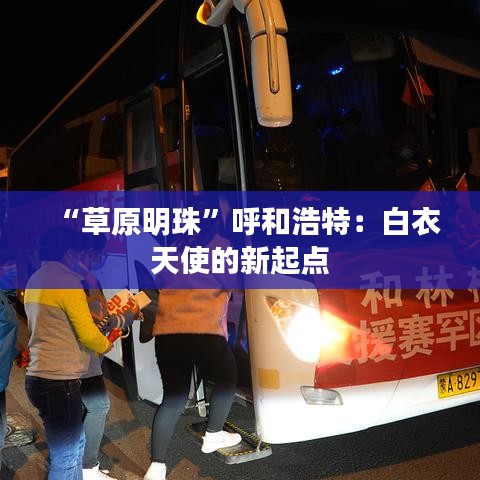Real-Time Traffic Information: The Ultimate Guide to Navigating the Urban Jungle
Real-Time Traffic Information: The Ultimate Guide to Navigating the Urban Jungle
In today's fast-paced world, navigating through the urban jungle can be a daunting task. With millions of vehicles on the road, traffic congestion has become a common issue in many cities around the world. This is where real-time traffic information comes into play. By providing drivers with up-to-date information on road conditions, real-time traffic information systems can help reduce travel time, save fuel, and improve overall road safety. In this article, we will explore the importance of real-time traffic information, how it works, and its benefits for both drivers and the environment.
Understanding Real-Time Traffic Information
Real-time traffic information refers to the data that is continuously updated to reflect the current state of traffic on the roads. This information is typically collected through a combination of sensors, cameras, and data from other sources such as navigation systems and mobile apps. The data is then processed and made available to drivers through various platforms, including GPS devices, in-car navigation systems, and mobile applications.
How Real-Time Traffic Information Works
The process of gathering and disseminating real-time traffic information involves several key components:
1. Data Collection
Data is collected from various sources, including:
- Traffic Cameras: These cameras are strategically placed along roads and intersections to capture real-time images of traffic conditions.
- Traffic Sensors: These sensors are installed on the road surface to detect the speed and volume of traffic.
- Navigation Systems: Data from GPS devices in vehicles can provide information on traffic flow and congestion.
- Mobile Apps: Users' smartphones can also contribute to the data pool by reporting traffic conditions through apps like Google Maps.
2. Data Processing
Once the data is collected, it needs to be processed to extract relevant information. This involves:
- Data Aggregation: Combining data from multiple sources to create a comprehensive picture of traffic conditions.
- Data Analysis: Using algorithms to analyze the collected data and identify patterns, such as traffic congestion, accidents, or road closures.
- Data Validation: Ensuring the accuracy of the data through cross-referencing with other sources.
3. Data Dissemination
The processed data is then made available to users through various platforms:
- In-Car Navigation Systems: Drivers can access real-time traffic information directly through their car's navigation system.
- Mobile Apps: Apps like Google Maps, Waze, and Apple Maps provide real-time traffic updates to users' smartphones.
- Online Platforms: Websites and dedicated traffic information services offer real-time traffic data for drivers to plan their routes.
Benefits of Real-Time Traffic Information
Real-time traffic information offers numerous benefits for both drivers and the broader community:
1. Improved Travel Time
By providing drivers with information about traffic congestion, they can choose alternative routes or times to travel, reducing their overall travel time.
2. Fuel Efficiency
Avoiding traffic jams and taking more efficient routes can lead to better fuel efficiency, saving both money and reducing emissions.
3. Enhanced Road Safety
Real-time traffic information can help drivers anticipate road hazards and take necessary precautions, improving overall road safety.
4. Environmental Impact
Reducing traffic congestion and improving fuel efficiency can have a positive impact on the environment by reducing carbon emissions.
5. Urban Planning
Cities can use real-time traffic data to identify areas of congestion and plan improvements, such as adding more lanes or implementing traffic management strategies.
Conclusion
Real-time traffic information is a powerful tool that can help drivers navigate the complexities of urban traffic. By providing up-to-date information on road conditions, it can lead to improved travel times, fuel efficiency, and road safety. As technology continues to advance, real-time traffic information systems are likely to become even more sophisticated, offering even greater benefits to drivers and the communities they serve.
The Ultimate Guide to Real-Time Synchronized English Live Streaming Software
The Future of Reading: Real-Time Translation of English Original Edition Books
The Melodies of Youth: Exploring the Latest English Children's Voices
The Evolution of Real-Time English Reading Comprehension
"Zombie War: The Latest English Edition – A Thrilling Survival Tale"
The Evolution of English Classes with Real-Time Subtitles
转载请注明来自成都华通顺物流有限公司,本文标题:《Real-Time Traffic Information: The Ultimate Guide to Navigating the Urban Jungle》












 蜀ICP备2022005971号-1
蜀ICP备2022005971号-1